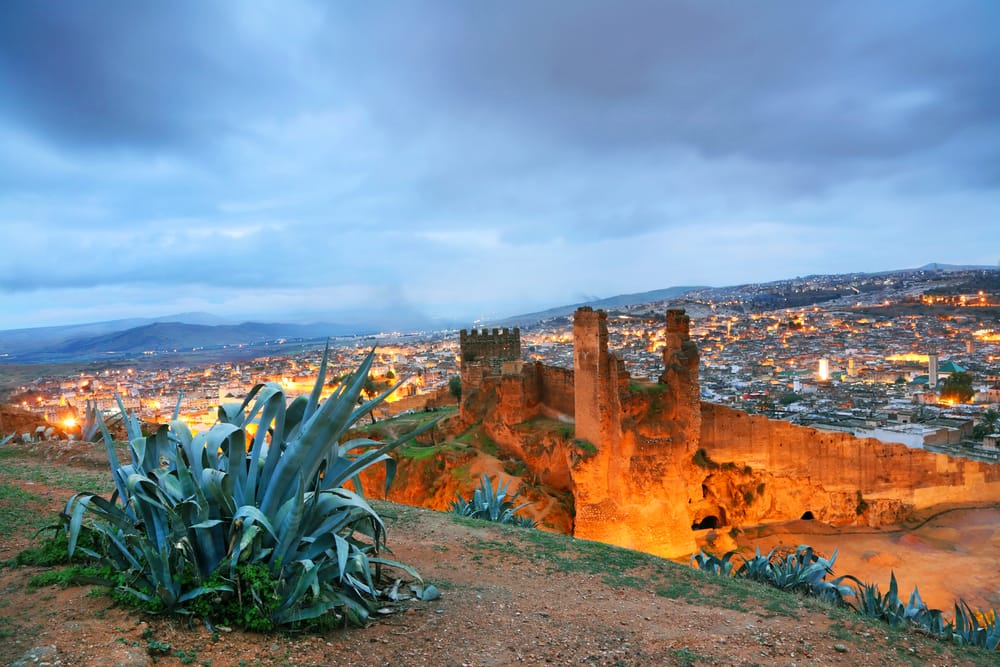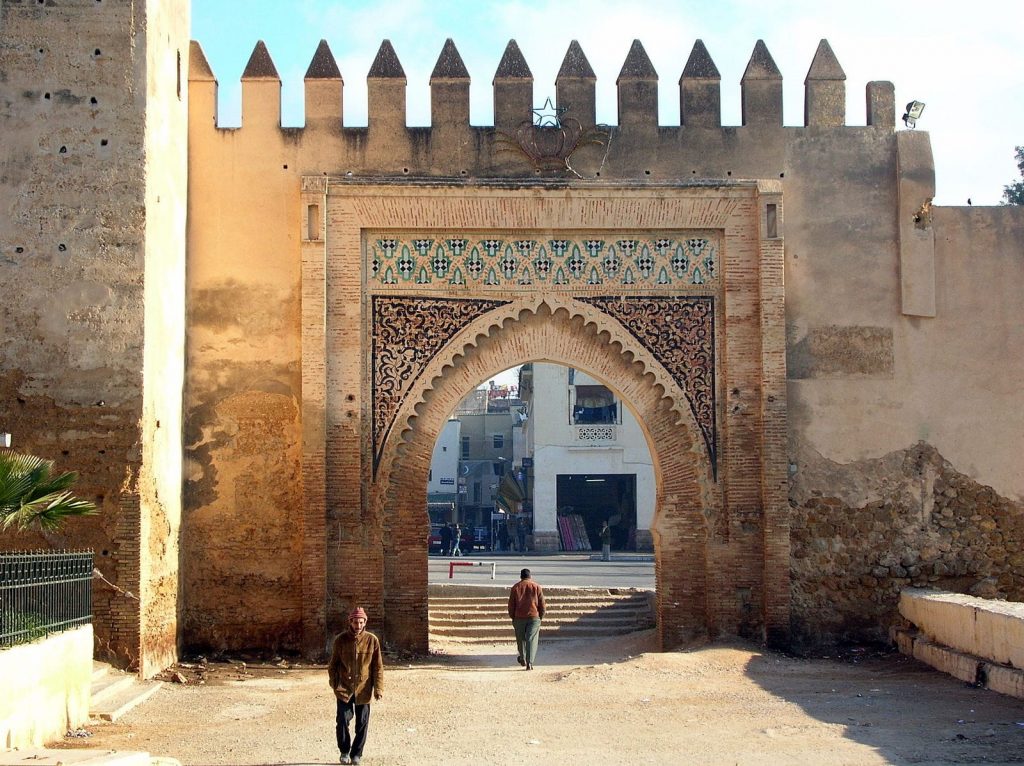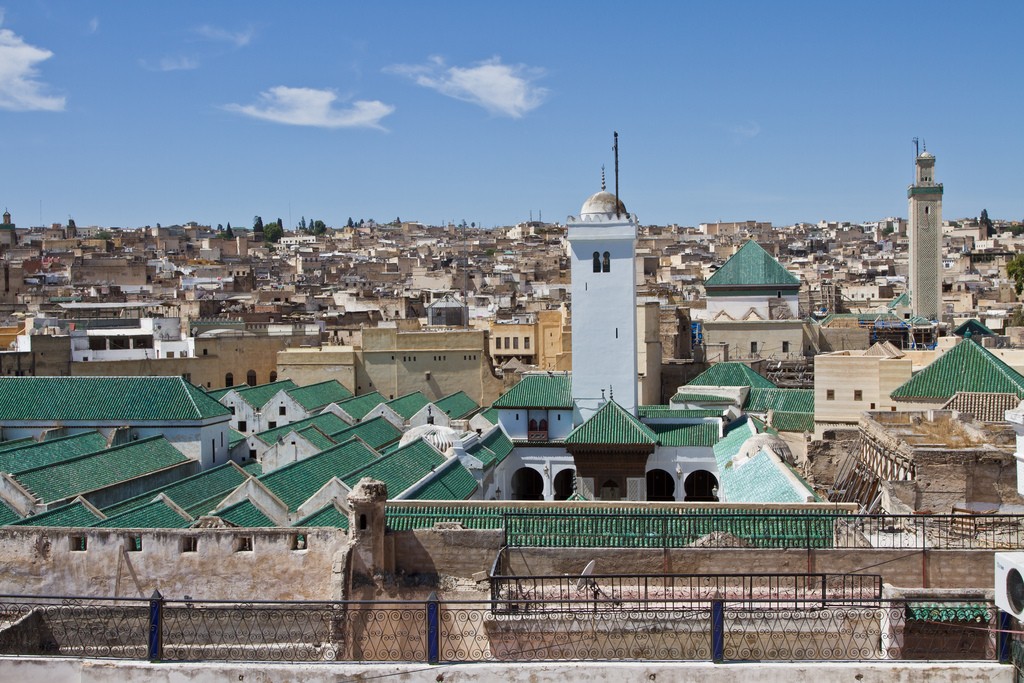When the most imperial of all Moroccan cities welcomes its guests, it is to make them experience a unique way of life for themselves. Fez is nothing less than a great open air museum, equal to Venice, Florence and Athens World Heritage living. The subtle sumptuousness of its palaces, the wealth of its museums, the solemn grandeur of its madrassas, home to the greatest Sages of the world of the golden age, and the magnificent profusion of its mosques, each raised in fervent homage to the story of God – for all those who love art and culture, its many wonders are an irresistible invitation and always open to discovery.

Spiritual and cultural center of the Kingdom, city with a thousand faces, Fes has lost none of its splendor over the centuries, unwavering in its determination to preserve its traditions and keep its old stones vibrant. Its medina, classified World Heritage of unesco is as unique and authentic as it is more than 1200 years ago.
Fez, a crucible of so many successive cultures, has absorbed the best of everyone inheriting Arab nobility, Andalusian sophistication, Jewish ingenuity and Berber tenacity. It is a glorious past, its wonderfully preserved material and immaterial heritage} and the timeless aristocracy that lies at the center of its being are all part and parcel of the city’s fascination for all who visit it today.
The capital of Morocco
Idriss I founded the city of Fez in 789. Twenty years later, in 809, his successor, Idriss IL, began to make it his capital. He built his royal palace, as well as his mosque, his kiss aria (covered market), its canals and ramparts. The site was not a random choice, it had been carefully selected by the Idrissid dynasty with a keen eye on the future. Its geographical location in the fertile plain of the Sais, in the hollow of a valley at the foot of Mount Zalagh, made it an economic, political and strategic crossroads and was a decisive factor in the development and influence of the city.

In 817-818, two successive waves of newcomers began to flow into the city. 800 Andalusian families expelled from Cordoba by the Umayyads who settled in Fez and founded the Andalusian district. Soon after, about 2,000 families from Kairouan fled to escape the persecutions of the Abbasids and created the district of Quaraouiyine. Both soups were to have a major impact on the future of the city. The newcomers brought their knowledge and know-how with them, as well as a long experience of city life. It is at their instigation that Fes will become an important urban center whose way of life is closely linked to the Oued Fez, a river watered by sixty springs, a rarity in the history of Moroccan cities.
The foundation of the Al Quaraouiyine Mosque in 857 marks the beginning of the golden age of the city. The centuries that followed were years of unparalleled architectural creation: mosques, fondouks (caravanserais), luxury residences and renowned Medersas (universities) were born. The city became the capital of a vast empire and aspired to reach heights even more dizzying, with merchants, artists, scholars and students from around the world flocking to its doors. Its cultural and spiritual influence was such that it was called the Athens of Africa.

When the Mérinides seized power in the thirteenth century, they had a new city, Fez el Jdid, built outside the existing walls to accommodate their palaces and the famous Mechouar (large square or ceremonies) where the sovereign assembled the dignitaries of the city. consultation and advice).
As the capital of the empire, Fez became the refuge of choice for Muslims and Andalusian Jews, the latter being responsible for the creation of its mellah (Jewish quarter). In the 16th century, under the Saadian dynasty, the city’s fortune fell into a temporary decline and it had to wait until 1666 to regain its prestige and rank as capital.
During its long and remarkable history, Fez has a rich and varied architectural and urban heritage, whose weather vane was rightly recognized by UNESCO in its ranking of the city’s medina as the site of World Heritage.

You must be logged in to post a comment.